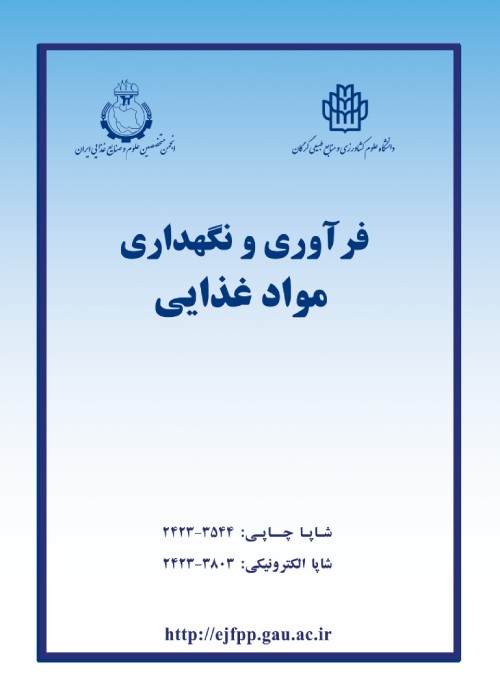Measurement of Nitrate Residues in Tomato and Pomegranate Fruits and their Products using the High Performance Liquid Chromatography Method.
Nitrate is the most important source of nitrogen in plants. The market demand has led to the use of chemical fertilizers which results in the increase of nitrate composition of the soil. Most plant organs are able to regenerate nitrate but the increase of this element in the plant causes accumulation in its parts. Excess nitrate intake in the body through food products can cause health hazards. Tomatoes and pomegranates are two products that in addition to being eaten fresh, are also used as paste, dried and juice. Therefore do to the importance of nitrate and nitrite content in the safety of these products, measurement of nitrate in these products and the effect of heating and drying processes was investigated in this study.
Tomato and pomegranate samples were gathered from the fields and gardens of Marvdasht, Arsenjan, Shiraz and Fasa in the Fars province. Nitrate levels were determined by HPLC. The correlation between nitrate content and sample size, pH and moisture content was also investigated. In the next step, the processes of cooking and preparing paste, drying and dehydration were performed on the samples and the residual nitrate concentration in the samples was re-measured.
The results showed that the highest amount of nitrate content in tomatoes were from Kazeroon and Shiraz cities with the amount of 27.7 and 25 kg/mg wet weight. A correlation was observed between nitrate and pH in tomatoes. The highest concentration of nitrate concentration was in pomegranate fruit related to samples of Fasa and Shiraz regions with 6.1 and 5.8 mg/kg weight wet, respectively. There was a correlation between the volumes of pomegranate samples with nitrate. The amount of nitrate in tomato juice sample was higher than dried tomato sample, and tomato paste had the lowest amount of nitrate. There was no significant difference between the amount of nitrate in pomegranate juice and raw pomegranate, while the amount of nitrate in pomegranate paste and dried pomegranate was decreased.
According to the world standards, the nitrate content in all samples gathered in the Fars province were not high and in the safe limits 120 mg/kg wet weight. It was also determined that the nitrate content in the processed samples were much lower than the raw samples. Nitrate was decreased up to 86 percent in samples that were heated, such as tomato paste and pomegranate paste, while in the tomato juice samples nitrate did not show much decrease (37 percent) due to the solubility of nitrate in water. Proper farm management in fertilizing and proper processing of these products can help reduce nitrate content in products.
- حق عضویت دریافتی صرف حمایت از نشریات عضو و نگهداری، تکمیل و توسعه مگیران میشود.
- پرداخت حق اشتراک و دانلود مقالات اجازه بازنشر آن در سایر رسانههای چاپی و دیجیتال را به کاربر نمیدهد.


